- 1Centaur100%
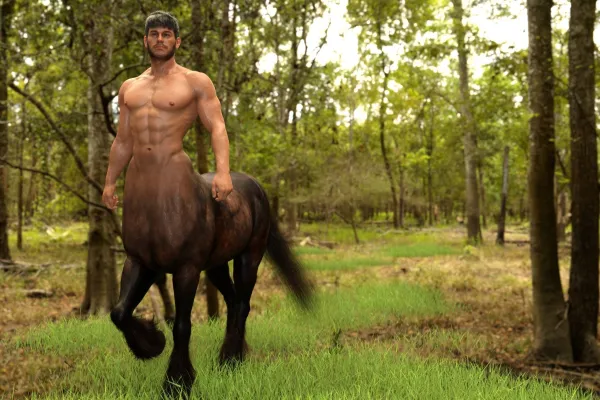
A creature from Greek mythology, the centaur is a half-human, half-horse hybrid, symbolizing the conflict between civilization and wild nature. While some, like Chiron, were known as wise teachers, others were depicted as rowdy warriors. Centaurs appear in literature, fantasy worlds, and popular series like Harry Potter, continuing their cultural legacy.
- 2Cyclops100%
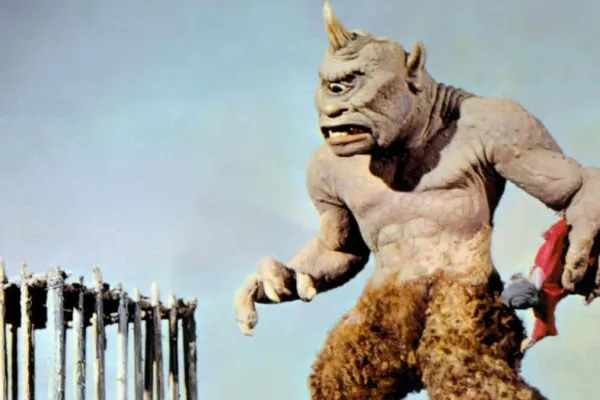
A one-eyed giant from Greek mythology, the most famous Cyclops appears in The Odyssey, where Odysseus outwits Polyphemus. These beings were often seen as primitive yet powerful, representing the dangers of brute strength without wisdom. Cyclopes remain a staple in fantasy fiction, embodying both terror and craftsmanship.
- 3Goblins100%

Goblins are mischievous, cunning, and often greedy creatures from European folklore, known for hoarding gold and playing tricks. Their modern depictions range from sinister beings in The Lord of the Rings to comedic troublemakers in fantasy games and books.
- 4Gorgon100%
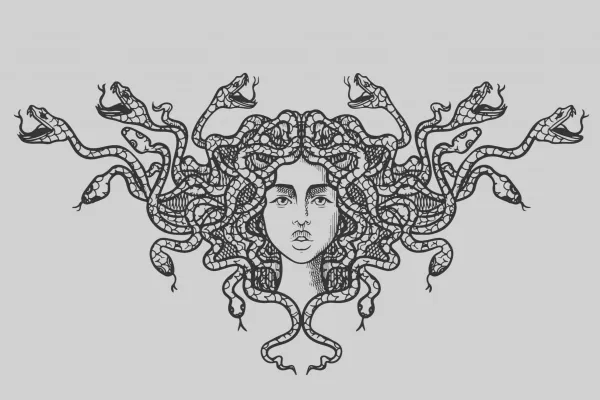
A terrifying Greek mythological creature, the most famous Gorgon is Medusa, who could turn people to stone with her gaze. Often symbolizing female power, fear, and revenge, she remains a popular figure in horror, feminism, and art.
- 5Griffin100%
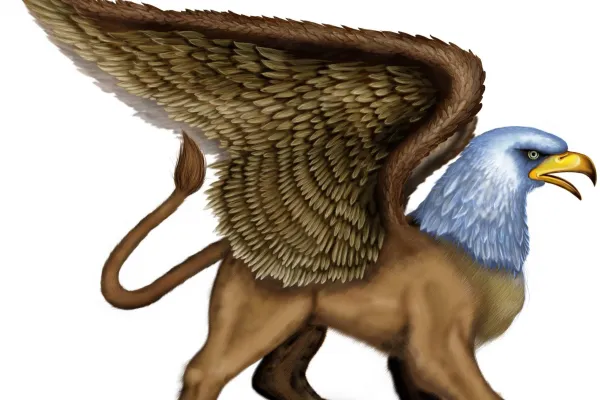
A majestic hybrid of a lion and an eagle, the griffin symbolizes strength, guardianship, and divine power. Rooted in Greek and Middle Eastern mythology, it was believed to guard treasures and sacred sites. Frequently used in heraldry and fantasy literature, griffins appear in Harry Potter, Narnia, and Dungeons & Dragons, embodying a sense of nobility and mysticism.
- 6Loch Ness Monster100%

Known as Nessie, the Loch Ness Monster is one of the world’s most famous cryptids, believed to inhabit Scotland’s Loch Ness. Described as a long-necked aquatic creature, it has inspired countless sightings, hoaxes, and investigations. Despite the lack of scientific evidence, Nessie remains an enduring legend, symbolizing the mystique of the unexplored and our fascination with the unknown.
- 7Mermaid100%
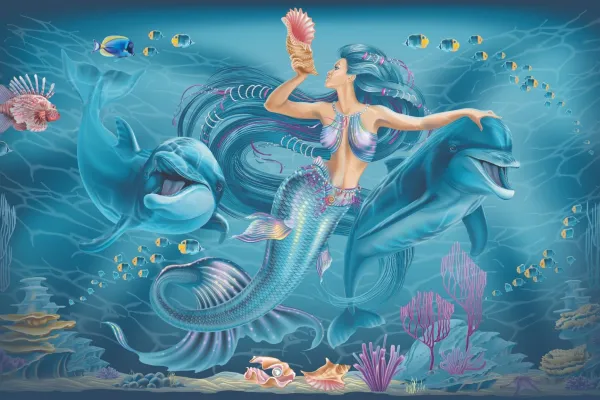
Half-human, half-fish, mermaids appear in mythologies across the world, from Greek sirens luring sailors to their doom to benevolent sea spirits in Asian folklore. They represent freedom, mystery, and the duality of beauty and danger. Popularized by Hans Christian Andersen’s The Little Mermaid and later Disney’s Ariel, mermaids continue to enchant pop culture, symbolizing the allure and peril of the sea.
- 8Unicorn100%
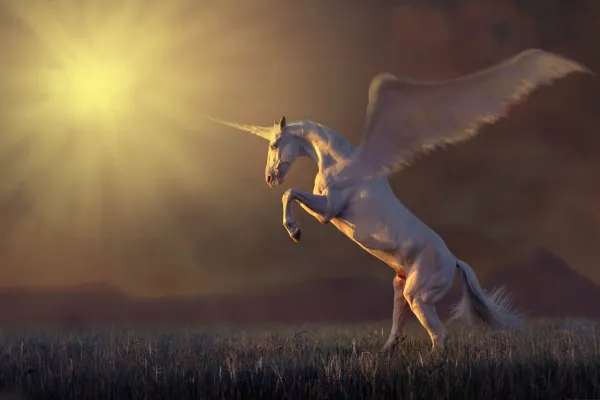
A mythical horse with a spiraled horn, the unicorn has long symbolized purity, grace, and untamed magic. First mentioned in ancient Mesopotamian and Greek texts, unicorns were once believed to be real creatures by medieval scholars. Over time, they became associated with fantasy and fairy tales, now seen as an icon of magic, innocence, and whimsical beauty in pop culture and children’s media.
- 9Bigfoot50%
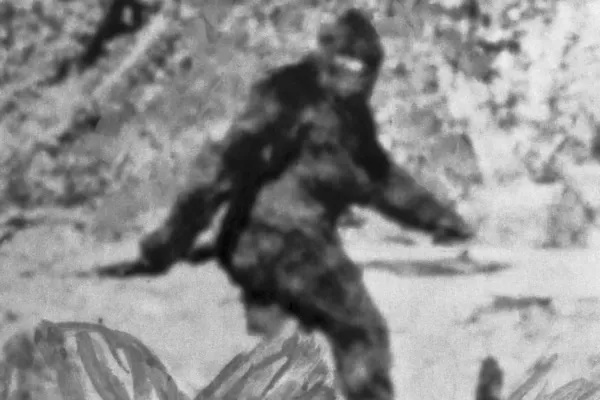
Also known as Sasquatch, Bigfoot is a legendary ape-like creature said to inhabit the forests of North America. Rooted in indigenous folklore and modern urban legends, it has inspired countless sightings, hoaxes, and conspiracy theories. A staple of cryptozoology, Bigfoot remains one of the most widely debated and popular mythical creatures.
- 10Leprechauns50%
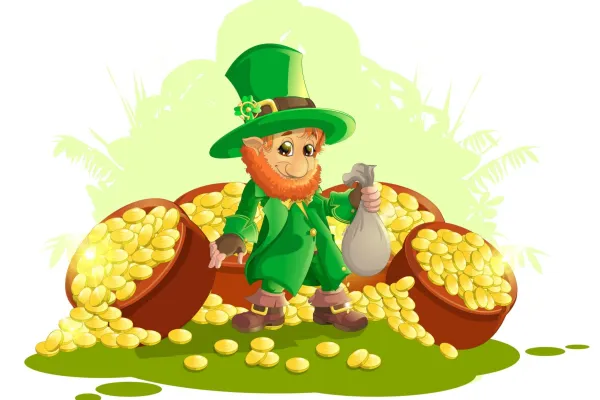
A mischievous figure from Irish folklore, the leprechaun is a small, bearded trickster known for hoarding gold at the end of the rainbow. Often depicted as a shoemaker who outsmarts those who try to catch him, the leprechaun has evolved into a playful symbol of Irish heritage, appearing in St. Patrick’s Day celebrations, Lucky Charms cereal, and pop culture references.
- 11Werewolf50%
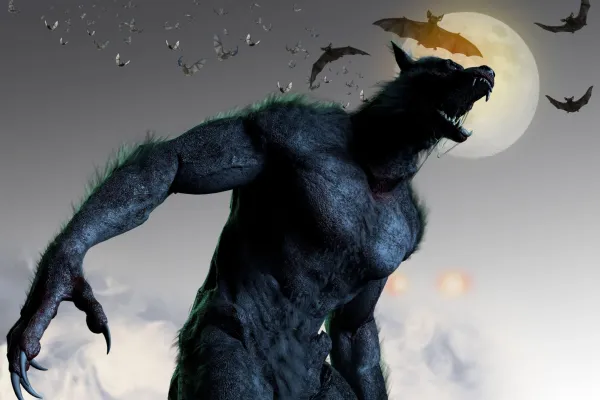
A creature of European folklore, the werewolf is a human cursed to transform into a wolf during a full moon. Often symbolizing primal instincts, rage, and duality, werewolves have appeared in medieval superstitions, horror films, and fantasy novels. They represent the struggle between civilization and animalistic urges, remaining an iconic monster in stories from The Wolf Man to Teen Wolf and Harry Potter’s Remus Lupin.
- 12Banshee0%
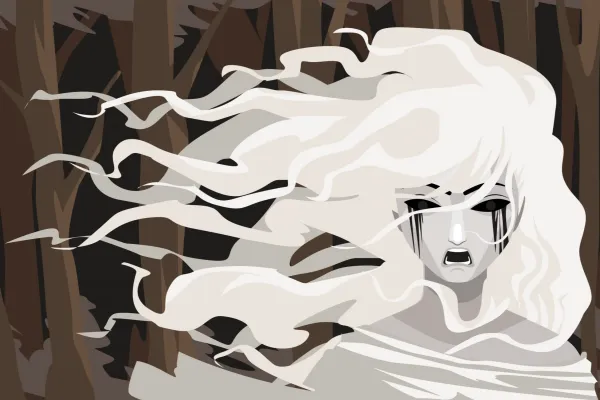
Originating from Irish and Scottish folklore, the banshee is a wailing spirit that foretells death. Described as a pale woman with long hair, often seen combing her locks while weeping, her piercing scream is said to be an omen of passing. Deeply tied to Celtic traditions and ghostly lore, banshees continue to appear in modern horror and fantasy tales, representing the mystery of the afterlife.
- 13Fairies0%
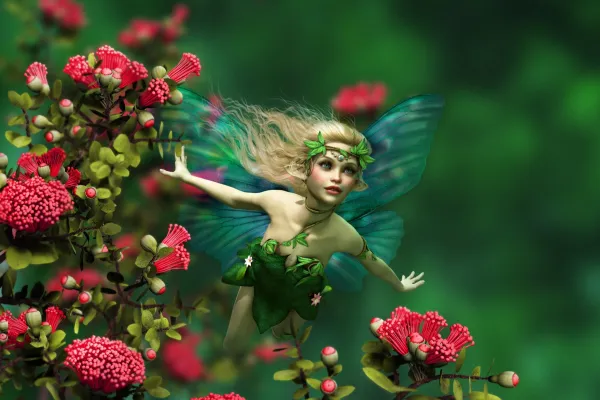
These tiny, magical beings originate from Celtic and European folklore, ranging from benevolent protectors to mischievous tricksters. Fairies have been romanticized in Victorian literature and modern fantasy, appearing in everything from Shakespeare’s A Midsummer Night’s Dream to Disney’s Tinker Bell, symbolizing enchantment and mystery.
- 14Ghoul0%
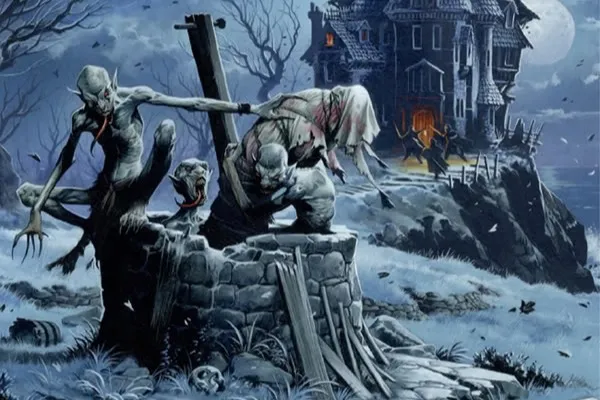
Originating from Middle Eastern folklore, ghouls are flesh-eating, grave-robbing creatures that haunt cemeteries and ruins. Introduced into Western horror by H.P. Lovecraft, they symbolize death, decay, and the macabre, frequently appearing in gothic horror and zombie myths.
- 15Gnomes0%
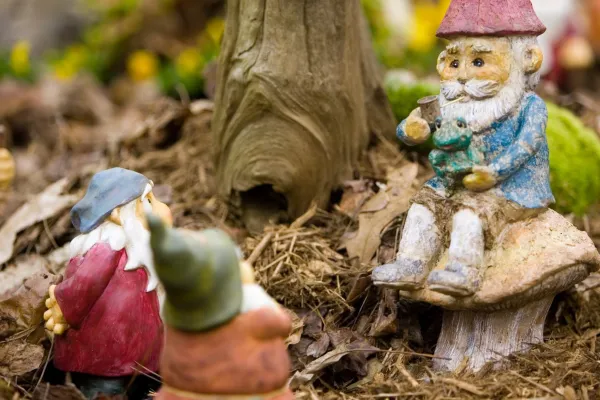
Rooted in European folklore, gnomes are earth-dwelling spirits known for guarding treasure and tending gardens. Over time, they evolved into whimsical garden ornaments and fantasy creatures, appearing in fairy tales, Dungeons & Dragons, and children’s books.
- 16Kraken0%
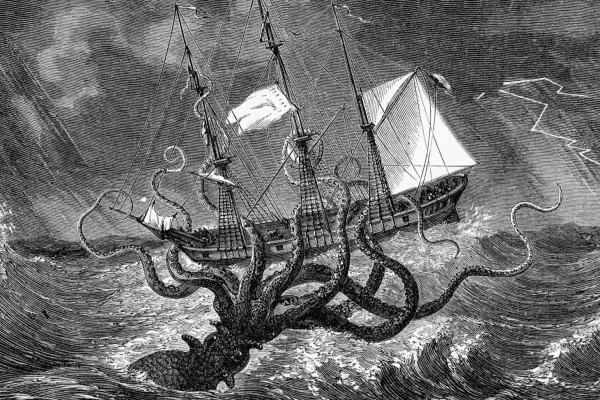
A colossal sea monster from Norse and Scandinavian legends, the Kraken was feared by sailors for its ability to drag entire ships into the depths. Often described as a giant squid or octopus, it symbolizes the mysteries and dangers of the ocean. The Kraken has remained a staple in pirate lore, fantasy fiction, and films like Pirates of the Caribbean and Clash of the Titans, cementing its status as the ultimate deep-sea terror.
- 17Minotaur0%
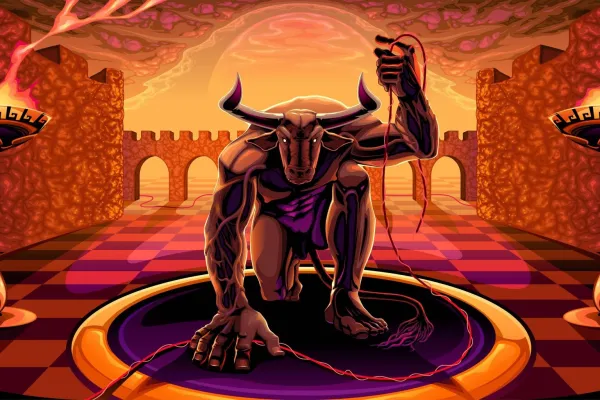
A half-man, half-bull creature from Greek mythology, the Minotaur was imprisoned in the Labyrinth of Crete, where he was eventually slain by Theseus. Symbolizing chaos, raw strength, and punishment, the Minotaur’s story is a cautionary tale of human ambition and divine retribution. It remains a popular figure in literature, video games, and films, often representing monstrosity and the struggle between civilization and savagery.
- 18Zombie0%
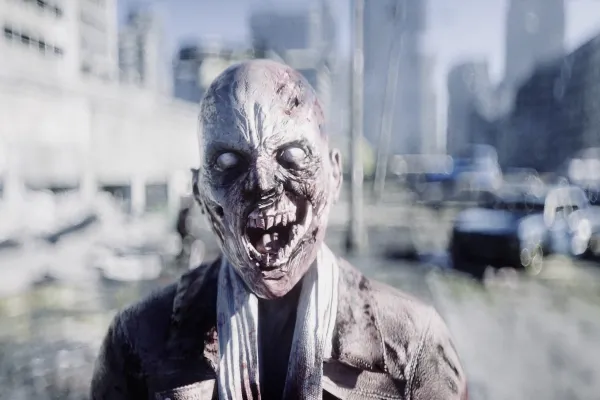
Originating from Haitian Vodou beliefs and later popularized by George A. Romero’s horror films, zombies are reanimated corpses driven by an insatiable hunger for human flesh. Symbolizing apocalypse, contagion, and the loss of humanity, they have dominated modern horror in The Walking Dead, Resident Evil, and World War Z, serving as metaphors for mindless conformity and societal collapse.
Add Your Vote